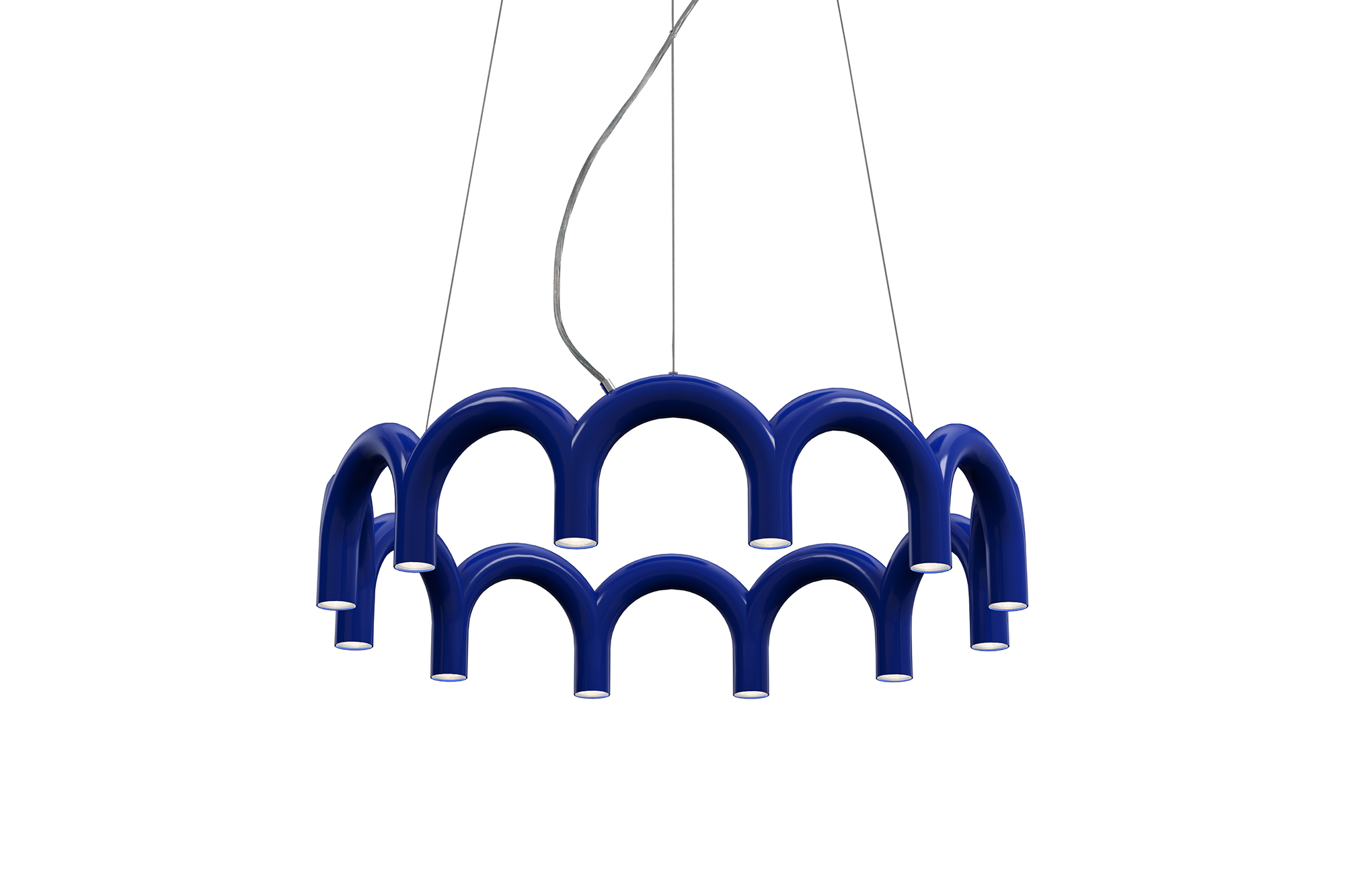The story of how these Bauhaus structures came to be built in Tel Aviv is complex and fascinating. The city was founded in 1909, literally on the sand dunes north of Jaffa with the intent to create a small garden city. Then came the Great Depression and the rise of the Nazis which caused a mass migration to the British Territory in Palestine.
Many of the hopeful émigrés were not lucky enough to find refuge. The salvation offered by British Palestine was an elusive dream, partly because of the British blockades which heavily restricted or entirely prevented the flow of Jewish refugees.
Despite the odds a small number of architects rooted in Avant-Garde traditions survived to become citizens of Israel - twenty of whom had been members of the renowned Bauhaus school of art, which ran between 1919 and 1933. All of them came to exert a vital influence on Israel’s local architecture and design.
Twelve European Architects even made it as far as New Zealand – despite the restrictive and often cruel local immigration policies of the time. These pioneering immigrants are our most direct connection to the European architectural Avant-Garde, most notably; Imric Porsolt, Friedrich Neumann, Henry Kulka and Helmut Einhorn.
Most of the structures in Tel Aviv are recognisably Modernist. They feature undecorated surfaces, ribbon windows, flat roofs and outdoor living spaces but they also have their own distinct vernacular - adaptions for climate and culture. Notably many buildings are raised on pilotis, or ground-level support columns, to create shady public outdoor areas.
Intermingled are examples of oriental, functionalist and brutalist structures providing beautiful and often exuberant contrasts. There are also some great examples of hybrids between modernist and oriental styles – such as the work of Erich Mendelsohn.
Because of the critical mass of modernist buildings there is also a relative abundance of modernist furniture, lighting and design to be found. These can be sourced at local flea markets and small specialist shops. If you’re really lucky the occasional artefact can even be found lying discarded in the street.
Special thanks to Gidon Bing for providing an extensive overview of Te Aviv from his many visits. We have adapted his essay to create this short blog.





















.webp)

